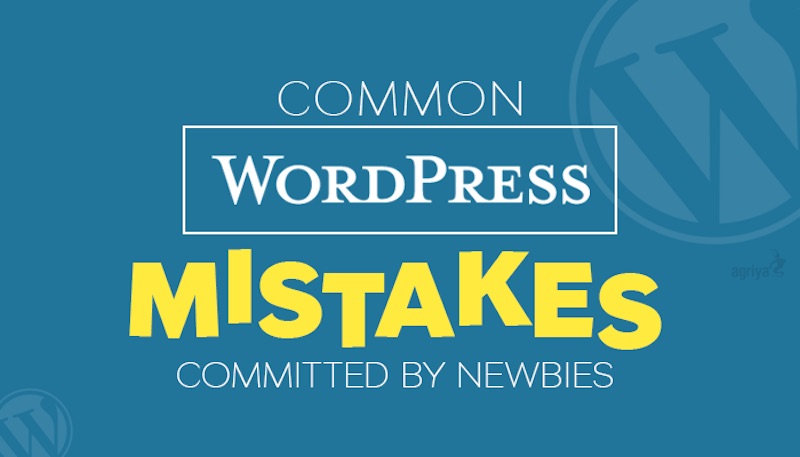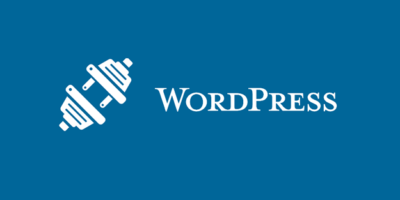While WordPress prides itself on its simplicity, mistakes can still be made. Use these tips to avoid three of the most common errors for WordPress sites.
WordPress isn’t one of the most popular content management systems in the world because it’s difficult to use. With the right plugins and a little bit of elbow grease, you can use it to make just about any type of website you could possibly conceive. That isn’t to say there aren’t still stumbling points, of course.
There most definitely are. Today, we’re going to go over a few of the most common mistakes made by WordPress beginners. Knowledge of them means you’re much less likely to make any of them yourself.
Don’t Miss —
Best Practices Webmasters Should Embrace to Speed Up WordPress Website
15 Best Selling WordPress Themes for all Time
Overdoing It With Plugins and Themes
When you first start using WordPress, it can be tempting to approach plugins and themes like a kid in a candy store, installing everything that catches your eye. Not only will this wreak havoc on your website’s performance, more plugins means more potential vulnerabilities. Take a step back, and ask yourself the following questions when considering whether to use a particular plugin or theme.
A. Does this provide functionality that’s critical for one of my core business objectives?
B. Will this improve the experience of my visitors in a meaningful way?
C. Can I incorporate the functionality this provides on my own?
D. What sort of reputation does the developer have online?
While we’re on the topic, it’s also extremely important that you pay attention to the source of your themes and plugins. Only install software from reputable developers and repositories. And never trust a site that claims to be offering a premium plugin or theme for free – because you’ll end up paying for it in a whole different way.
Ignoring Backups and Updates
If you’re using WordPress.com, your WordPress installation will update automatically. While you can disable that functionality, we don’t recommend doing so. Although some WordPress updates are primarily intended to bring new features to the platform, the vast majority of them are security-related.
Meaning that if your site is outdated, it probably contains a wealth of vulnerabilities for criminals to exploit.
WordPress.org, the professional version of the platform, functions a little differently. If you’re using it, you’ll need to install updates manually (though you can use a plugin to configure automatic updates). When an update is available, apply it as soon as you’re confident it won’t completely break your site.
That’s where backups come in. You need to have automated backups configured for your WordPress site. Not only does doing so ensure you won’t make a mess of things with a misapplied update, it’ll also protect you from other, more insidious threats such as malware.
Neglecting Security
It’s a little troubling how many WordPress sites use a default login and password. Changing both should be the very first thing you do on WordPress. Change the username of your administrator account to something unique (and different from your display name) and use a password strength checker to help you devise a password that’ll be difficult for someone to crack.
Beyond that, you should also install plugins that provide antispam, antimalware, and brute force protection in order to secure your WordPress website.
Live And Learn
WordPress is an excellent platform no matter what sort of website you’re looking to build. Sure, there’s a small learning curve, but that’s true of any software. Get past that and make yourself aware of some of the potential mistakes you can make, and you’ll be a master in no time.










Leave a Reply